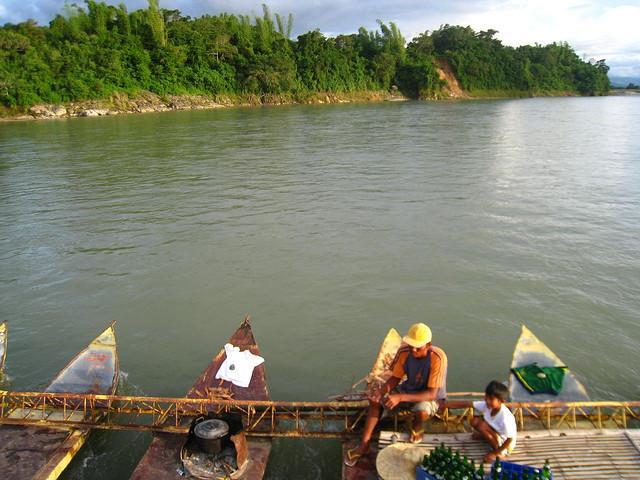
Abra River
Surrounded by land, the province of Abra is one of the few places in the Philippines that boast of well-preserved natural resources and wonders. Like the rest of the provinces in the archipelago, it has a lot of interesting places that lure the tourists into going here and checking out its historical, cultural or man-made sites. Here are the best things that you can do if ever you visit Abra.
Looking back to the rich historic past of Abra!
The Tangadan Welcome Tunnel in Abra has the Gabriela Silang Memorial Park featuring the monument of the great heroine. Known as the “Joan of Arc” of the Ilocos, Gabriela Silang, wife of Diego Silang, led the Ilocano’s battle against the Spaniards in 1763. The monument stands in tribute and memory of the sacrifice she and her husband made for the country.
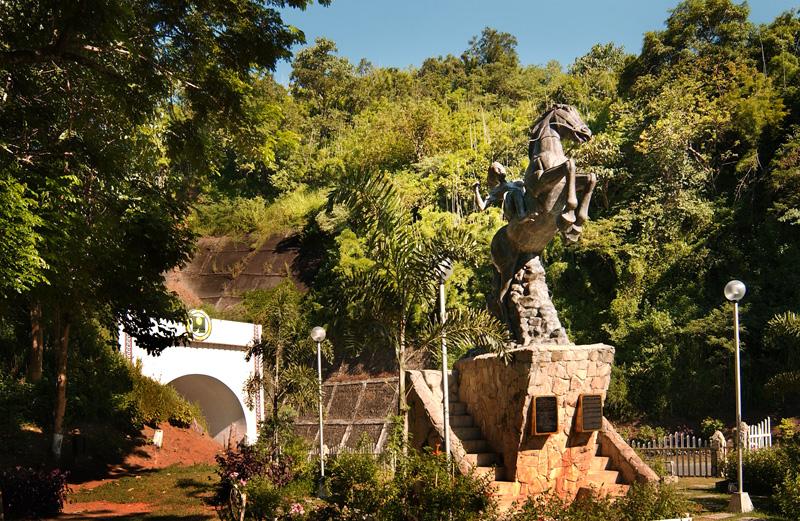
Casa Real is a monumental arch built of stone and mortar covered by bricks. It is a gate to a long-gone military fort situated on a cliff on the eastern confines of the town, above the Abra River. It is the crown for the Kingdom of Spain and a unique structure that witnessed the creation of Abra as an independent province in 1846 and the institution of Bucay as its first capital. As the easternmost town in Abra, separated from the foothills of the Cordilleras by the very wide Abra River and perched on the east high above it, Bucay became the natural choice as the first line of defense against the “Tinguians” of the neighboring mountains. The application of Spanish XIX-century military architecture incorporated in the town plan served the security needs of the area.
A bird’s eye view of the culture of Abra!
The dominant Spanish ancestry of the province is pictured in their old Roman Catholic churches which have been witnesses and proofs of the cultural heritage left by Spaniards. Billed as a “national cultural treasure”, Tayum Church or Church of Santa Catalina de Alejandria was built in the 19th century by the secular clergy among the Christianized Tinguians. A convent across the church later turned into a house for nuns and now a school. Bangued Cathedral is also a well-preserved treasure of the province. Right beside it is the Bangued Cemetery Chapel which is also worth visiting.
The Family Museum of Don Teodoro Brillantes is one of the Philippines’ National Historical Landmarks. It is a private museum which houses the collection of the Brillantes Family, showing the influence of the Spanish in our country's culture.
Another attraction is the Pinaing (Sacred Stones) which symbolize the “anito” or the spirits of the Tingguians' ancestors. Sacred Stones can be found in the hollow of a huge Balete Tree.
A glimpse to the natural wonders of Abra!
On the top on my list is the majestic Abra River, one of the five largest rivers in the Philippines. It is the biggest, longest and most popular among the numerous rivers of the province. It is where all the rivers and streams congregate together. Abra River has a vast river basin which is known to be the 6th largest in the Philippines. It is known for being the habitat of a unique species, the Abra River Eel. This river is a perfect place for swimming and fishing.
Next on my list is the Libtec Underground River which has an enormous cave formation and pristine clear water. Found in Barangay Libtec in Dolores, the underground river has great views of stalactites, stalagmites, and some fossils.
Footprints of Angalo or Tugot ni Angalo is an Abra mythology believed to be the footprints of the First Man of Abra. Pools around Pinsal Falls are said to be his footprints left behind as he knelt for a drink of water.
Located at Taquib, Villaviciosa, the Kimkimay Lake is a favorite picnic ground of both local and foreign tourists. According to legend, it was formerly a village where several families lived. These families however engaged in wickedness, so the gods punished them by submerging their community in cool water. Today, it is a place suitable for family gatherings and sport fishing. Another lake found in the place is the Limbo Lake which offers an ideal place for campers and hikers.
For nature lovers, Sibud-Sibud Cave is very ideal as it is surrounded by lush greenery. Situated along the road of Tineg, it can be reached after traveling around 33 kilometers from Bangued, with a time of 1-1/2 hours.
Gallery:
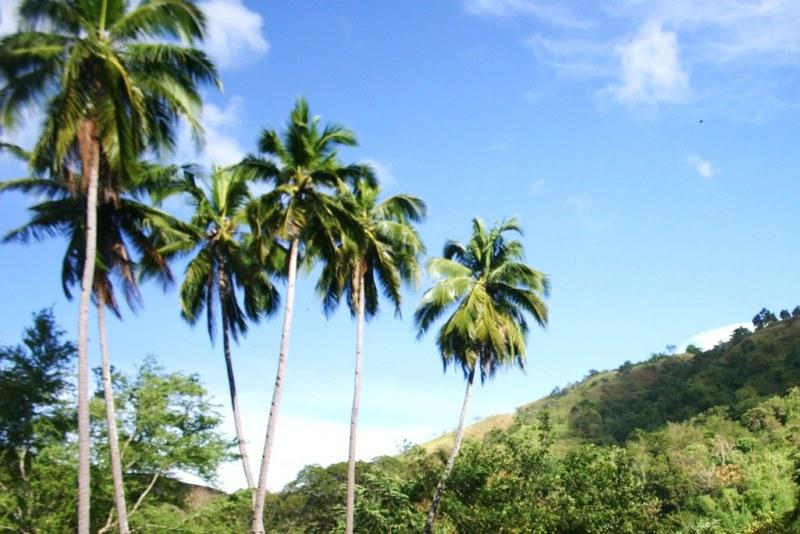
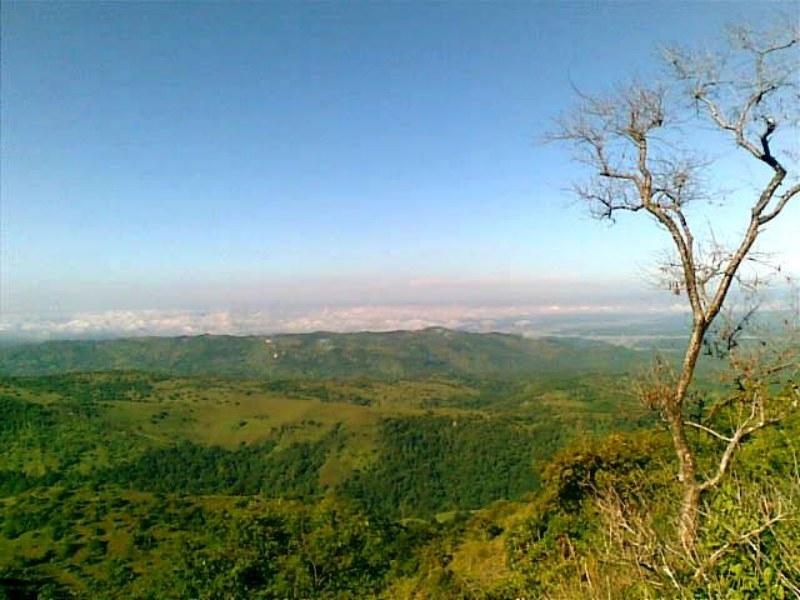
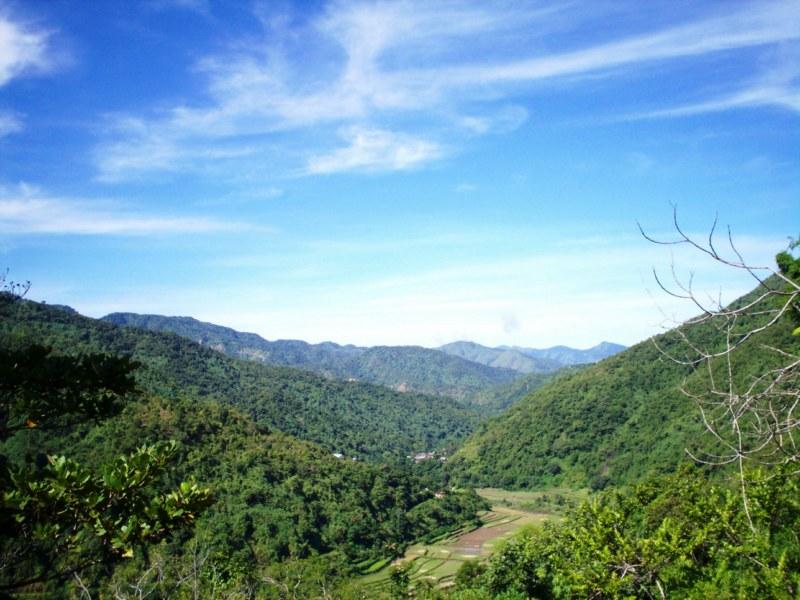
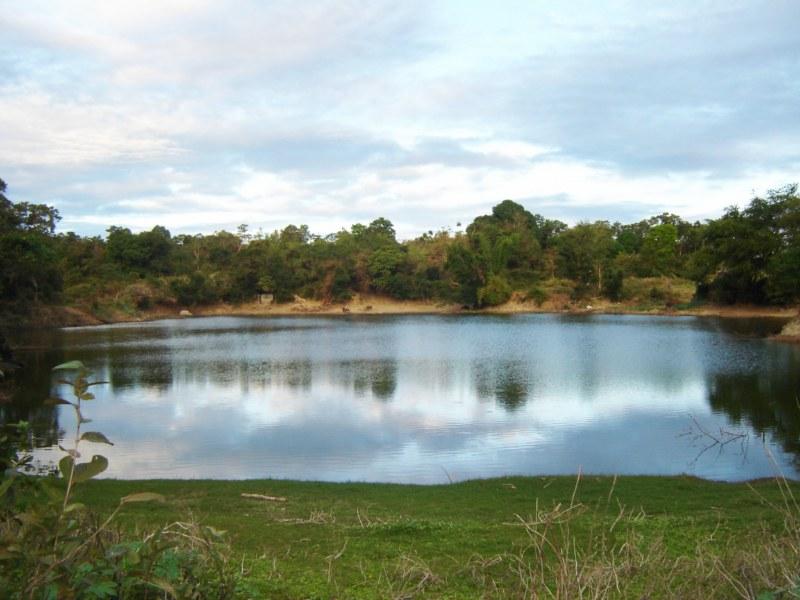
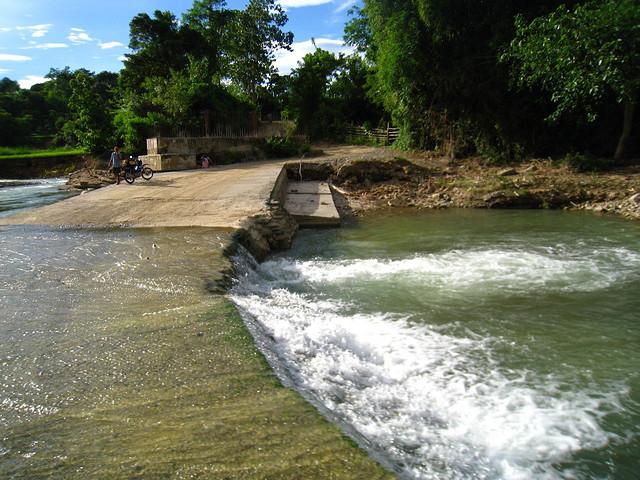
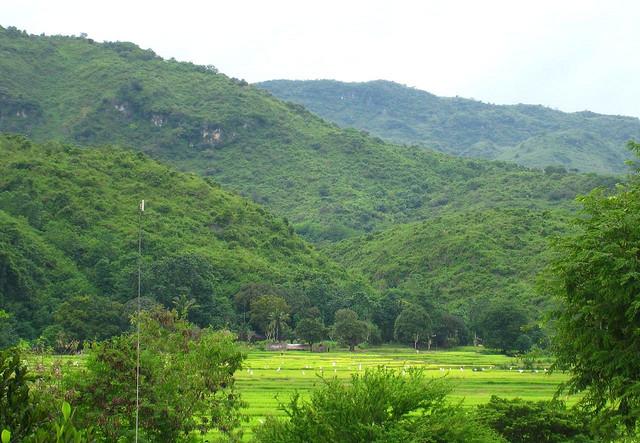
How to get there
Local bus operators ply the routes between Abra and three points in the country. Partas Trans travels to Abra from Manila or Pangasinan. Philippine Rabbit takes the Baguio-Abra-Manila route. Viron Trans has trips from Baguio to Abra.
--- :)
One can say that Abra may not be first on the list when it comes to tourist destinations. However, when you reach the place and see its beauty, you will surely exclaim “Thanks for this perfect creation!” God bless!









